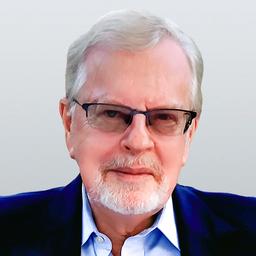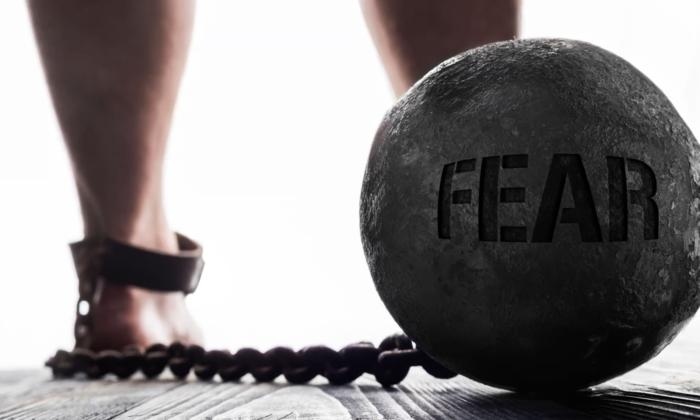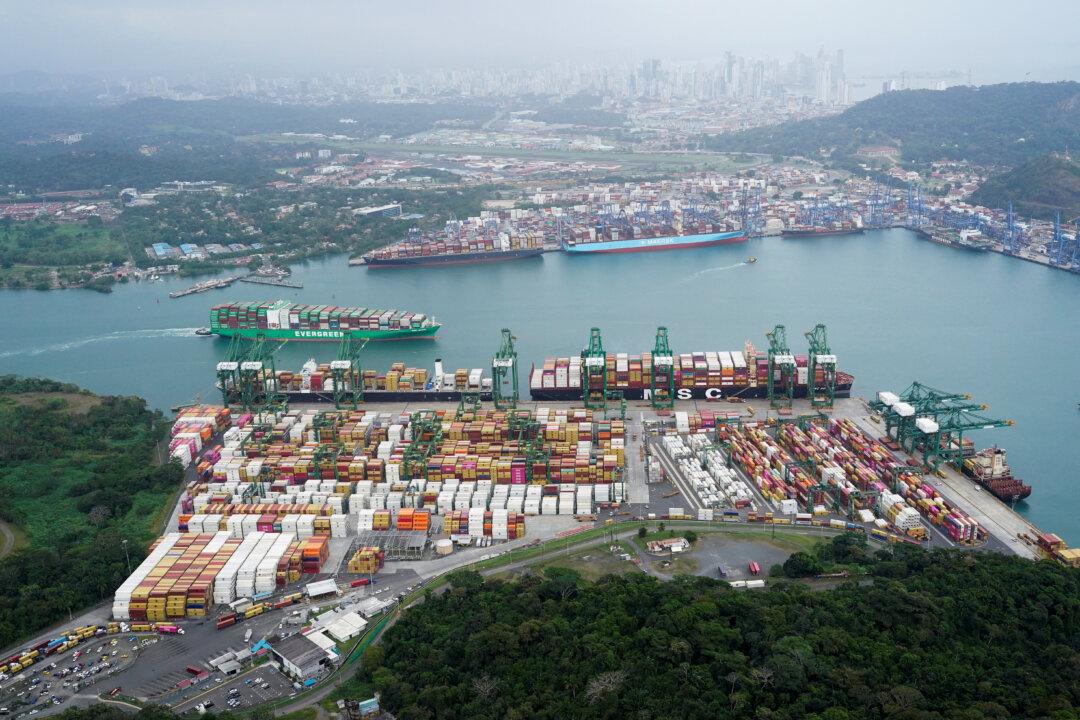Washington’s sudden withdrawal from Central Asia in August 2021 left the United States with no voice in the sudden transformation of Kazakhstan in the first days of January 2022.
Unrest in the Kazakhstan capital, Nur-Sultan, and other Kazakh cities (particularly Almaty, the commercial capital) during the first eight days of January has broad implications for the security of Central Asia, Russia, and China. January’s events followed logically the security breakdown in Afghanistan, which interrupted a growing regional trend toward stability.
Kazakhstan President Kassym-Jomart Tokayev took so much advantage of riots over rising fuel prices that the events seemed to have been tailored by him. But Russia and the United States also had an interest in the strategic diversion that the sudden melee represented.
The incident could be interpreted by the United States and NATO as a distraction of Russian policy interest away from its supposed military escalation against Ukraine (possibly allowing Ukrainian forces, backed by Washington, to advance their positions inside Ukraine).

Nazarbayev’s move had been a model for the eventual transition of Russian President Vladimir Putin out of daily politics. Now the turmoil in Kazakhstan has threatened that model, having allowed Tokayev to remove most of Nazarbayev’s supposedly locked-in powers.
The independence of the five republics in 1991 overturned several hundred years of dominance by Moscow of Central Asia. Now there was a chance for Moscow—and Beijing—to claw back some influence in the region’s former khanates.
Fuel price riots have, in the early 21st century, replaced the “bread riots” of the 20th century, and the unrest in the Kazakhstan cities would have been easy to stimulate by any, or several, of the range of potential actors, from Tokayev to Putin, to the U.S. government.
But Tokayev on Jan. 6 invited Moscow to send military forces into Kazakhstan to help quell the riots under the terms of the Collective Security Treaty Organization (CSTO), although the invitation was to all other members of the CSTO as well. Tokayev claimed that the protestors were terrorists who had received training abroad. That may have been overstated but not entirely without foundation, especially given the allegations of a Soros-supported “color revolution.”
If there was, indeed, a “color revolution” attempted, then the primary beneficiary would seem to be Tokayev himself, in much the same way as the alleged “coup attempt” in Turkey in July 2016 was staged by Turkish President Recep Tayyip Erdogan to flush out and remove opponents within his own system. It is probable that Tokayev used foreknowledge of the riots to engage Russia and the CSTO to ensure that he consolidated power to finally eliminate Nazarbayev’s residual powers.
The rift between Tokayev and Nazarbayev has been growing since Tokayev was elevated to the presidency from his post as chair of the Senate in 2019. He was replaced in the Senate by Nazarbayev’s daughter, Dariga Nazarbayeva. She kept that position for less than a year, before being dismissed from the post by Tokayev on May 2, 2020. That personal insult to Nazarbayev indicated that battle lines had been drawn.
Russia dispatched Spetznaz special forces units to help quell the riot, and Kyrgyzstan sent special forces from the National Guard’s Panther brigade.
Few Central Asian states will have found comfort in the Kazakhstan situation, particularly Uzbekistan, which had worked to build an economic and strategic bloc that’s less dependent on Russia and the China for overland access to world markets. Uzbekistan was building a network that could trade southward, through the Uzbekistan capital, Tashkent, by rail into Afghanistan, and then across to Pakistan and to the outside world.
But the manner of the U.S. military withdrawal from Afghanistan by Aug. 30, 2021, meant that Afghanistan was thrown into chaos, creating a major refugee flow northward into the Central Asian states. Moscow immediately recognized that it was in a position to reassert itself in the region, which had seen a conscious effort by Uzbekistan, in particular, to replace Russian influence and the use of the Russian language.
So the government of Uzbekistan, under President Shavkat Mirziyoyev, could be under pressure to tone down his Westernization program.
Meanwhile, Tokayev moved quickly to remove all the remaining Nazarbayev loyalists, starting with the head of the National Security Committee (KNB), Karim Masimov, who was dismissed by the president and then arrested on charges of high treason.

This begs the question, then, as to whether the “color revolution” was something that could have originated with Nazarbayev to curb the growing threat, which Tokayev posed to his dynasty. If so, he failed. Moscow now must abandon the Nazarbayev line and support Tokayev.
Still, questions persists as to why Tokayev needed foreign troops to quell the protests. The riots were relatively persistent, but nothing that the security forces of Kazakhstan could not handle. Unless there were questions over their loyalty to Nazarbayev.
Many of the protestors were doing the work of Tokayev, given that they tore down at least one statue of Nazarbayev and chanted, “Go away, old man!” But security forces were, by Jan. 7, given “kill without warning” orders to suppress the protests. The bloodier the events, the more draconian could be the transformation of the system.
This begged the question as to who armed the protesters if, indeed, they were armed. Most protestors were unarmed, and many were indignant that they had been branded as “terrorists.” Tokayev curbed the ability of journalists to cover the events.
Tokayev immediately removed Nazarbayev from chairmanship of the National Security Council, the key lever over the security and intelligence apparatus. He dismissed the government, allowing him to build a new administration that’s completely free of Nazarbayev’s influence.
Western media raised the comparison of Russian troops entering Kazakhstan with the invasions by Soviet troops of Czechoslovakia in 1968, and Hungary in 1956—but the parallels are not there. The number of Russian troops in Kazakhstan in the January 2022 affair is small. Moreover, Moscow was genuinely attempting to contain a situation that it would have wished to avoid.
The suggestion by Tokayev supporters that there had been 20,000 protesters in open aggression against the government is not credible. Tokayev officials said that events in Almaty pointed to “the high level of preparedness and coordination of the perpetrators,” arguing that they must have been trained and dispatched from abroad.
There has been no evidence to support that claim. By Jan. 8, the “protests” had evaporated and Tokayev had suppressed his opponents.
The affair seems to have been created and managed by Tokayev, and the revival of Russian engagement in the region is only a secondary byproduct.
It weakened the cohesiveness with which the five Central Asian states had been developing a new Central Asian economy with links to the wider world. And the affair was greatly facilitated by the unrest and uncertainty engendered when the United States abandoned Central Asia in 2021.





